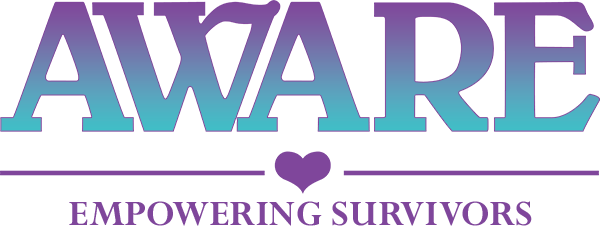What is a Safety Plan?
A safety plan is a practical guide that helps lower your risk of being hurt by your abusive partner. It includes information specific to you and your life that will help keep you safe. A good safety plan helps you think through lifestyle changes that will help keep you as safe as possible when going to the places that you go to daily. A personalized safety plan can enhance your safety while experiencing abuse, preparing to leave an abusive situation, or after you leave. This plan helps to improve safety by outlining your actions and support contacts.
WHY DO I NEED A SAFETY PLAN?
Everyone deserves a relationship that is healthy, safe, and supportive. If you are in a relationship that is hurting you, you need to know that the abuse is not your fault. It is also important for you to start thinking of ways to keep yourself safe from the abuse, whether you decide to end the relationship or not.
- While you can’t control your partner’s abusive behavior, you can take action to keep yourself as safe as possible. Advocate for yourself and your needs. Find people and resources you can safely and openly talk to and ask for help.
- Identify whom you can rely on for emotional support
- Call our 24-HOUR LOCAL HELPLINE at (517) 783-2861
- If you need to communicate with your abuser, determine the safest way to do so and avoid being alone with them.
- You are not alone, and you do not have to go through this by yourself.
- Look into COUNSELING (517) 783-2671 counselingservices@awareshelter.org.
- Find ways to care for yourself: exercise, relax, create a safe environment, do things you enjoy, and get as much support as you can.
- Keep a journal. This journal can be used to record restraining order violations or incidents of abuse. Keep the journal away from your partner.
Keep in Mind
- For this safety plan to work for you, you’ll need to fill in personalized answers so you can use the information when you most need it.
- Once you complete your safety plan, be sure to keep it in an accessible but secure location. You might also consider giving a copy of your safety plan to someone that you trust.
MY SAFETY PLAN
Staying safe at school:
- The safest way for me to get to and from school is:
- If I need to leave school in an emergency. I can get home safely by:
- I can make sure that a friend can walk with me between classes. I will ask:
- I will eat lunch and spend free periods in an area where there are school staff or faculty nearby. These are some areas at school where I feel safe:
Staying Safe at Home:
- I can tell this family member about what is going on in my relationship:
- There may be times when no one else is home. During those times, I can have people stay with me. I will ask:
- The safest way for me to leave my house in an emergency is:
- If I must leave in an emergency, I should try to go to a place that is public, safe, and unknown by my abusive partner. I could go here:
- I will use a code word so I can alert my family, friends, and neighbors to call for help without my abusive partner knowing about it. My codeword is:
Staying Safe Emotionally:
- My abusive partner often tries to make me feel bad about myself by saying or doing this:
- When he/she does this, I will think of these reasons why I know my abuser is wrong:
- I will do things I enjoy, like:
- I will join clubs or organizations that interest me, like:
- I could talk to the following people at school if I need to rearrange my schedule to avoid my abusive partner or if I need help staying safe at school: School Counselor, Coach, Teachers, or:
These are the things I can do to help keep myself safe every day:
- I will always carry my cell phone and important telephone numbers with me.
- I will stay connected with someone I trust about where I am or what I am doing.
- I will stay out of isolated places and try never to walk around alone.
- If possible, I will alert dorm or campus security about what is happening in my relationship so that my abuser is not allowed in my building.
- I will avoid places where my abuser or his/her friends and family are likely to be. I will keep the doors and windows locked where I live, especially if I am alone.
- I will avoid speaking to my abuser. If it is unavoidable, I will make sure there are people around in case the situation becomes dangerous.
- I will call 911 if I feel my safety is at risk.
- I can investigate getting a protective order so that I’ll have legal support in keeping my abuser away.
- I can see if there are any self-defense classes available.
- I will remember that the abuse is not my fault and that I deserve a safe and healthy relationship.

706 W. Michigan Avenue
Jackson, MI 49201
© AWARE | Part of the Rooted Pixels Network